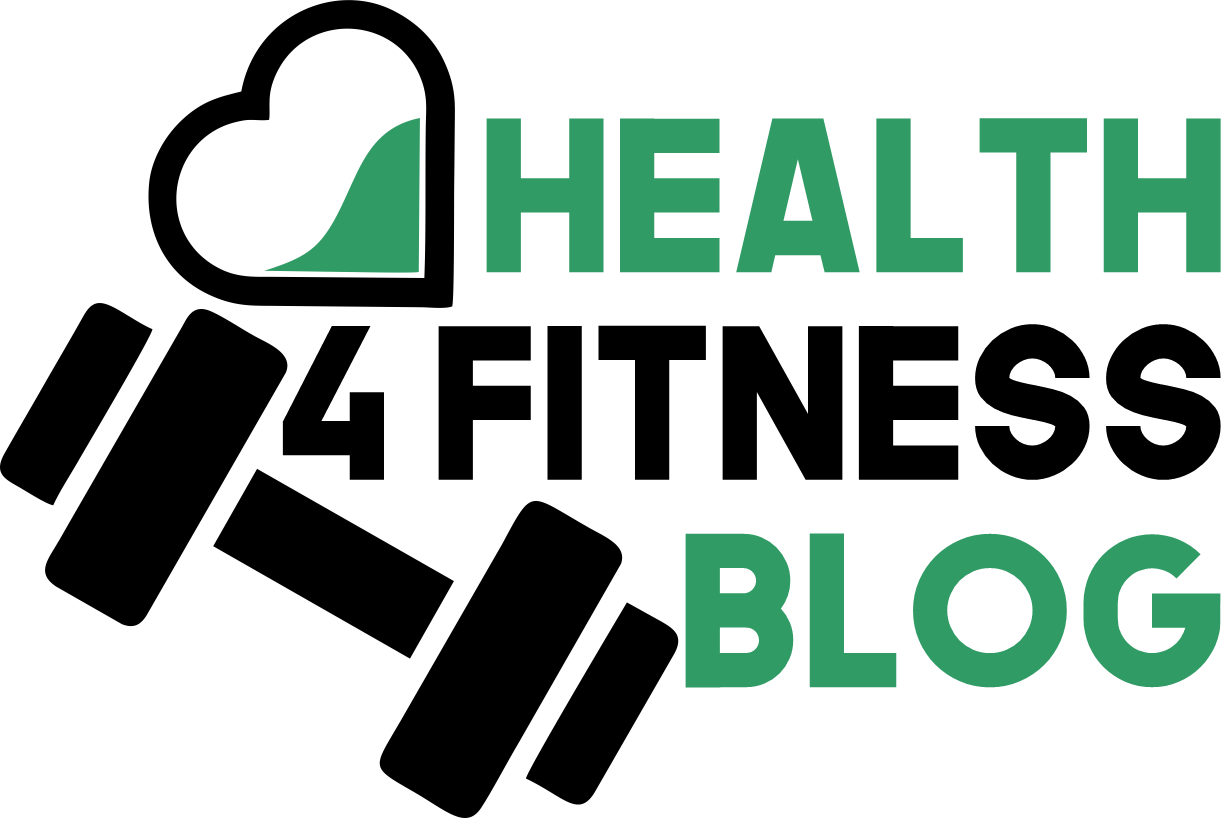It may seem impossible to get migraine relief with natural solutions, especially when drugs do a good job. However, homemade alternatives can complement the treatment.
On many occasions, it is customary to suffer from headaches; however, when it occurs frequently and intensely, it is essential to know the alternatives to alleviate migraines.
A person suffers from a migraine, the first thing usually recommended (in addition to pain relievers) is to rest in a dark, calm, and quiet room. Now, what other steps take to get relief? Here we will discuss some.
Table of Contents
Why Does Migraine Occur?
As we have been saying, there are different types of headaches, and migraine is one of them. In this case, throbbing, throbbing pain occurs on one side of the skull. The origin is unknown, and at the first symptoms, it is essential to start taking measures to prevent it from progressing.
In some people, migraine causes vision or speech problems, and even vomiting and nausea. The picture may worsen if they do any physical activity or sudden movement. It also intensifies in crowded, sunny, and noisy places.
Unlike tension headache or “common” headache, migraine occurs after the release of inflammatory substances, which cause pain in the nerves and blood vessels in the head and neck. It can last from hours to days, and the frequency with which the episodes appear is usually just weeks between each other.
Alternatives to Relieve Migraine
If your head hurts from one side and the pain intensifies with light or noise, pay attention to the following natural remedies to relieve migraines.
1. Ice Cubes

It is an option that is more than effective and, at the same time, affordable. It is effortless since you only have to put a few ice cubes in a plastic bag and then cover with a dry and clean cloth.
What should you do?
Put the compress on an area that hurts, leave for 20 minutes, while you lie on your back on the sofa or bed.
You can repeat every hour or so, and several times a day. The cold will make your blood vessels constrict, and your head will hurt less.
2. Ginger Drink
This root has many health benefits because it can increase the temperature, strengthen the immune system, and improve blood circulation. It is also anti-inflammatory! To take advantage of its properties, we can prepare an infusion.
Ingredients:
- 1 piece of fresh ginger root (15 g).
- 1 glass of water (250 ml).
- Optional: honey (to taste), lemon juice.
Preparation:
- Peel the ginger root and grate it—Reserve the zest.
- Put the water in a cup and bring it to a boil in the microwave.
- Once the water is ready, add the grated ginger and, if desired, a little honey.
- Drink before it cools down completely.
- You could add a little lemon too to give the drink more flavor. An alternative to the infusion would be to prepare a fruit smoothie and add a little grated ginger.
3. Chamomile Tea

With calming and anti-inflammatory properties, chamomile is a plant more than recommended if our head hurts a lot. It also works for insomnia, nerves, and stress.
Although you can buy chamomile tea bags, we recommend that you prepare it yourself by purchasing the flowers in bulk at a health food store.
Ingredients:
- 9 teaspoons of chamomile (45 g).
- 2 glasses of water (500 ml).
- Optional: honey (to taste).
Preparation:
- Add the chamomile flowers in the boiled water.
- Let cook a few minutes.
- Filter and sweeten with honey if you wish.
- Drink little by little.
4. Lavender Essential Oil
To treat migraine, a lot of people also turn to plants for essential oils – one of which is lavender.
This plant was chosen in many treatments due to its medicinal properties. For example, some people choose to put lavender bouquets on the pillow so that its scent helps them sleep better. As a remedy to relieve migraines, we should use essential oil, also to prevent pain.
What should you do?
- Pour a few drops of essential oil in the palm of your hand and then lightly rub in a circular motion just where it hurts. Do not press, try to caress so that the pain does not intensify.
- Also, spread a little oil on the towel you use to dry after the bath or on handkerchiefs or certain clothes.
Lavender oil is well known for its sedative properties, but it is not the only one that we can use to alleviate migraines or only suffer from headaches. Other options are basil, chamomile, eucalyptus, thyme, and sandalwood.
Attention:
In case you suffer from migraines frequently, and these tricks do not help you get the desired relief, see your doctor as soon as possible to evaluate you and tell you what can help you.
Remember that these alternatives are only small strategies to minimize discomfort. They should not understand as “cures” for migraines as such or as substitutes for medications prescribed by the physician.










